 What if cars emitted water instead of the contaminating carbon dioxide? Saeed Akhtar and Sarmad Kadiri come across a green car technology that does
What if cars emitted water instead of the contaminating carbon dioxide? Saeed Akhtar and Sarmad Kadiri come across a green car technology that does
Let’s start with a simple one. When was the first hydrogen powered internal combustion engine made? Okay, that was not exactly easy, so can you just give an educated guess? Here’s the answer: the first ever hydrogen powered internal combustion engine was made in the year 1807 by the Swiss inventor François Isaac de Rivaz. What exactly is this technology that, despite being so old, still remains esoteric and has not yet been reined in properly? Let’s attempt an analysis of hydrogen as an automotive fuel from a layman’s point of view.
Hydrogen, the first element of the periodic table, is the most abundant element in the universe but it is relatively rare in its natural form on earth. It is currently produced mostly from fossil fuels, however, newer alternatives (like integrated wind-to-hydrogen plants) are actively being researched. Its high flammability and violent reactions to oxidizing elements make it an ideal energy source, albeit one that must be harnessed with kid gloves on. The advantage of using hydrogen as an energy source is that it would not contribute to carbon dioxide emissions if it is produced without using fossil fuel inputs.
 For the sake of brevity, let’s first classify hydrogen vehicles into two categories depending on how they utilize the gas. First up, are the vehicles that directly burn hydrogen inside internal combustion engines (HICE) to produce motive power. In 1970, Paul Dieges patented a modification to internal combustion engines which allowed a gasoline powered motor to run on hydrogen fuel. Since then, companies like Mazda and BMW have demonstrated hydrogen fueled internal combustion engines that burn fuel in the same manner that petrol engines do. The cost of retooling a standard production car’s engine to burn hydrogen amounts to roughly one and a half times the cost of a petrol engine. The advantage of these engines lies in the fact that the only direct by-product from such motors is water. Voila! Now for the double whammy, the power output from these engines also gets bumped up by a fair margin. Then there are the vehicles that employ fuel cells where hydrogen reacts with oxygen to produce energy that runs electrical motors, popularly known as fuel cell vehicles (FCVs). These ‘cells’ function similarly to a conventional battery but instead of recharging, they are refilled with hydrogen. Like HICEs, the only by-product from these engines are H20 (water) and heat.
For the sake of brevity, let’s first classify hydrogen vehicles into two categories depending on how they utilize the gas. First up, are the vehicles that directly burn hydrogen inside internal combustion engines (HICE) to produce motive power. In 1970, Paul Dieges patented a modification to internal combustion engines which allowed a gasoline powered motor to run on hydrogen fuel. Since then, companies like Mazda and BMW have demonstrated hydrogen fueled internal combustion engines that burn fuel in the same manner that petrol engines do. The cost of retooling a standard production car’s engine to burn hydrogen amounts to roughly one and a half times the cost of a petrol engine. The advantage of these engines lies in the fact that the only direct by-product from such motors is water. Voila! Now for the double whammy, the power output from these engines also gets bumped up by a fair margin. Then there are the vehicles that employ fuel cells where hydrogen reacts with oxygen to produce energy that runs electrical motors, popularly known as fuel cell vehicles (FCVs). These ‘cells’ function similarly to a conventional battery but instead of recharging, they are refilled with hydrogen. Like HICEs, the only by-product from these engines are H20 (water) and heat.
Yet, despite its inherent benefits, hydrogen fuel cells have been almost entirely replaced by other alternatives in recent years. Here’s the other side of the coin: hydrogen fuel is not as green as it may seem (at least for now) simply because producing liquid hydrogen requires a vast amount of energy.
The technology is still at a nascent stage and requires a lot of research so it becomes very expensive. Also, the infrastructure is not very supportive as currently there are very few filling stations in the entire world. Hydrogen fuel is stored under high pressure in large, highly insulated, thick and very heavy tanks. This adds to the overall weight of the car. Nope, not a good thing. And finally, to stay in its liquid form, hydrogen must be super cooled and when not using fuel, the tank starts to get warm and the hydrogen starts to vaporize. But don’t despair as scientists are burning the midnight oil to solve these issues and may be, sooner than we think, you could be taking that long drive free of guilt.
 Honda FCX Clarity Fuel Cell Electric Vehicle (FCEV)
Honda FCX Clarity Fuel Cell Electric Vehicle (FCEV)
The Honda FCX Clarity is based on the Honda FCX Concept displayed back in 2006. The FCX Clarity demonstrates electric car qualities such as zero emissions while offering five-minute refuelling times and long range in a full function large sedan. It went on sale as a 2008 model year vehicle. The FCX Clarity FCEV has an electric motor that runs on electricity generated by a hydrogen powered fuel cell stack. The Honda E-Drive electric motor helps reduce the amount of CO2 being released in the atmosphere. It’s quieter and can run at a higher rpm for greater efficiency and speed. The powertrain on this next generation vehicle is over 180kg lighter than the previous model and has 120 percent better power-to-weight ratio. It is also 20 percent more fuel efficient, 45 percent more compact and 10 percent more energy efficient.
BMW Hydrogen 7
The Hydrogen 7 was a limited production hydrogen vehicle built by BMW. The car is based on BMW’s traditional gasoline powered 7 Series model, specifically the 760Li. The Hydrogen 7 is essentially a hybrid vehicle which uses the 6-litre V12 engine from the 7 Series, but has been modified for the combustion of hydrogen as well as gasoline. Unlike many other current hydrogen powered vehicles (like the Honda FCX Clarity) which use fuel cell technology and hydrogen to create electricity to power the vehicle, this BMW directly ignites the hydrogen in its internal combustion engine. Since it is a hybrid, the car can run on hydrogen or petrol. BMW has produced just a 100 units of the Hydrogen 7 and the German firm has chosen public figures such as politicians, media figures, businessmen and other celebrities from the entertainment industry because “they would be ideal ambassadors” for hydrogen fuel and can help spread awareness of the need for such technologies.





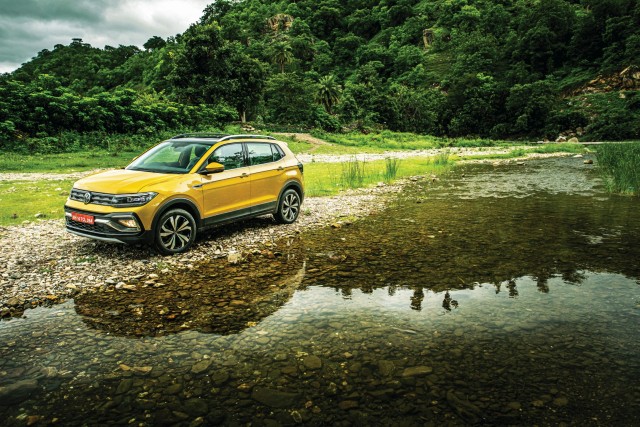
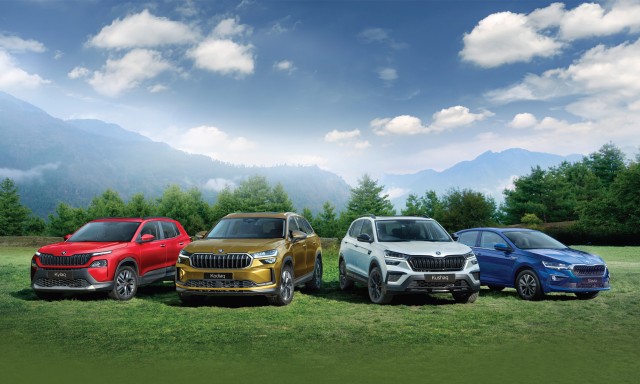

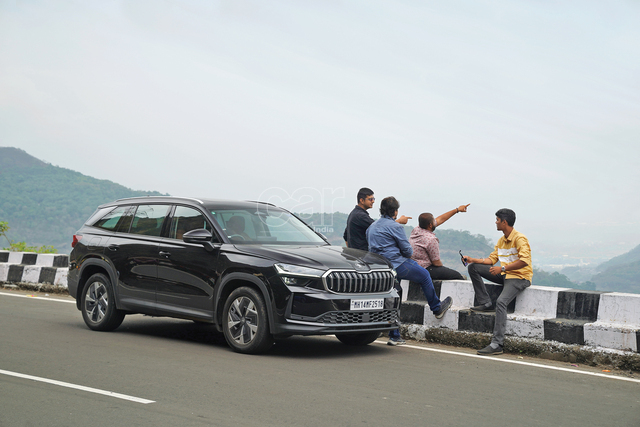



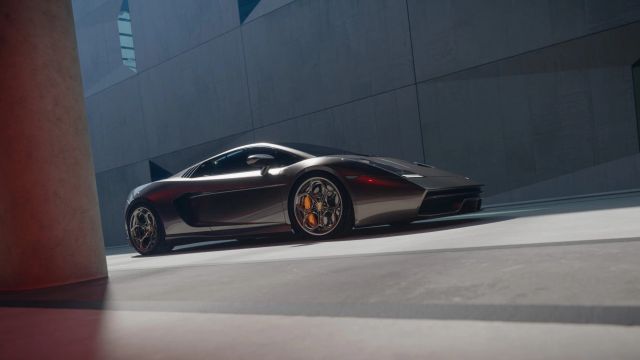


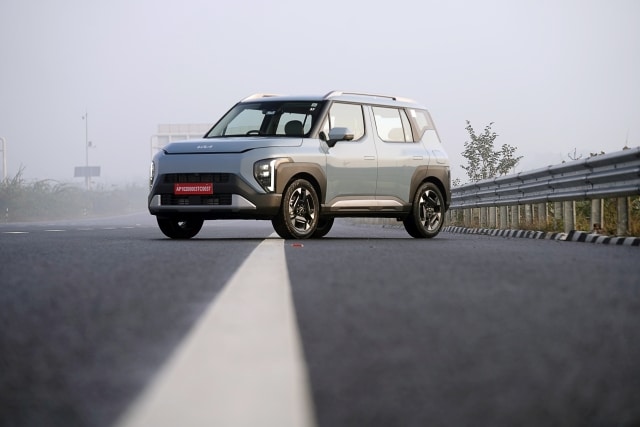
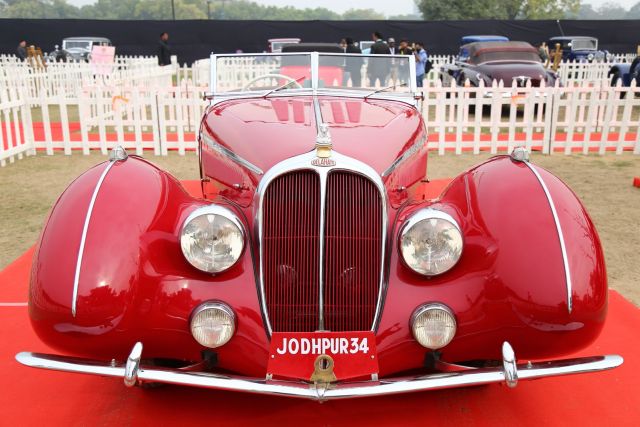



Leave a Reply